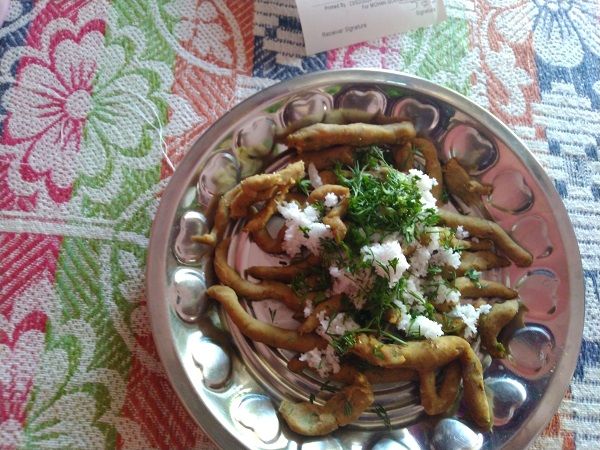
Anemia affects more than 50% of women and children in India. This has significant consequences on their health. Dietitian Shruti Hirlekar suggests a couple of easy recipes and other diet tips to prevent and address Anemia.
Anaemia is the deficiency in the number of red blood cells or the amount of haemoglobin they contain. This deficiency limits the exchange of oxygen and carbon-dioxide between the blood and tissue cells. Haemoglobin is a conjugated protein containing four heme group and globin. It is the oxygen carrying pigment of erythrocytes.
Most common types of anaemia are caused by lack of nutrients required for normal Red Blood Cells synthesis. Principally Iron, Vitamin B12 and Folic acid.
In India most common Anaemia is Iron Deficiency Anaemia. Iron deficiency anaemia is characterized by the production of small Red Blood Cells and diminished level of circulating haemoglobin.
Early clinical findings of iron deficiency anaemia are
- Inadequate muscle function
- Growth abnormalities
- Epithelial cells disorder
- Reduced immunity
- Fatigue
Medical Nutrition therapy for iron deficiency anaemia.
As we know haemoglobin is a conjugated protein so high protein diet along with iron is needed.
In addition to the iron supplementation, attention should be given for amount of absorbable dietary iron consumed.
Sources of iron include
Non-vegetarian sources like meat, fish, poultry. (Approximately 15% of iron is absorbed)
All vegetarian sources like green leafy vegetables, poha, jaggery, Halim dates, etc. (8% of iron is absorbed) But if taken with vitamin C iron absorption is increased by 30-40%
Iron is best absorbed when the stomach is empty.
Iron absorption can be inhibited to varying degrees by factors that chelate iron including carbonates, oxalates, phosphates. Tea and coffee can reduce iron absorption by 50%.
Simple recipes to enhance iron are as follows
Shengolya (dumplings) Recipe
Ingredients
Bajra flour :- 50 gram
Kulith flour :- 50 gram
Coriander ginger green chilli paste
Grated vegetables
Salt to taste
Instructions
Mix all the ingredients with warm water.
Give whichever shape you like.
Steam it for 15 mins
Add lemon juice and grated coconut and eat hot.

Khajur (Dates) Burfi Recipe
Ingredients
Dates – 100 gram
Almonds chopped- 50 gram
Cashew chopped:- 25 gram
Poppy seeds(khus khus) :- 5 gram
Ghee:- 15 gram
Instructions
Coarsely grind the dates. Once you get the desired texture, set it aside for a while.
Heat the pan.
Add khus khus on low flame and roast it for a minute.
Take it out in a plate for later use.
Reheat the pan and pour ghee.
Add chopped dry fruits. Roast on medium flame. Stir continuously to avoid burning. Mix well.
Transfer the contents to a wide plate let it cool down for a bit.
Once the khajur roll are ready sprinkle khus khus on it.
PE Note: Khajur is high in calories and sugar. So only have a small quantity.
Quick tips
- Eat 10 black raisins (soaked overnight), mid morning
- Add lemon juice on sprouted usal to increase absorption
- Instead of palak (spinach) paneer try eating normal palak or shepu (Dill) vegetable. As calcium in paneer will hinder iron absorption. Eat with bajra flour bhakri.






